Using CRISPR, Sandia National Lab researchers are genetically engineering antiviral countermeasures to fight the coronavirus—and potentially future outbreaks.
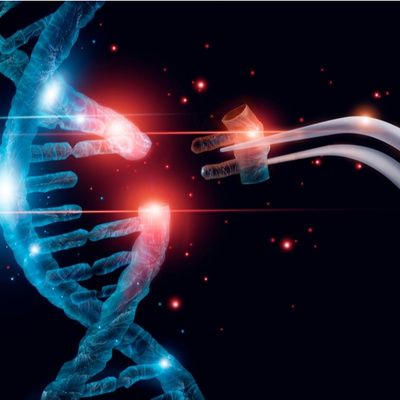

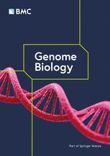

The results of a clinical trial released today (May 18, 2020) in STEM CELLS Translational Medicine demonstrate how a topical solution made up of stem cells leads to the regrowth of hair for people with a common type of baldness.
Androgenetic alopecia (AGA) — commonly known as male-pattern baldness (female-pattern baldness in women) — is a condition caused by genetic, hormonal and environmental factors. It affects an estimated 50 percent of all men and almost as many women older than 50. While it is not a life-threatening condition, AGA can lower a person’s self-esteem and psychological well-being. There are a few FDA-approved medications to treat hair loss, but the most effective can have side effects such as loss of libido and erectile dysfunction. Therefore, the search continues for a safer, effective treatment.
Adipose tissue-derived stem cells (ADSCs) secrete several growth hormones that help cells develop and proliferate. According to laboratory and experimental studies, growth factors such as hepatocyte growth factor (HGF), vascular endothelial growth factor (VEGF), insulin-like growth factor (IGF) and platelet-derived growth factor (PDGF) increase the size of the hair follicle during hair development.
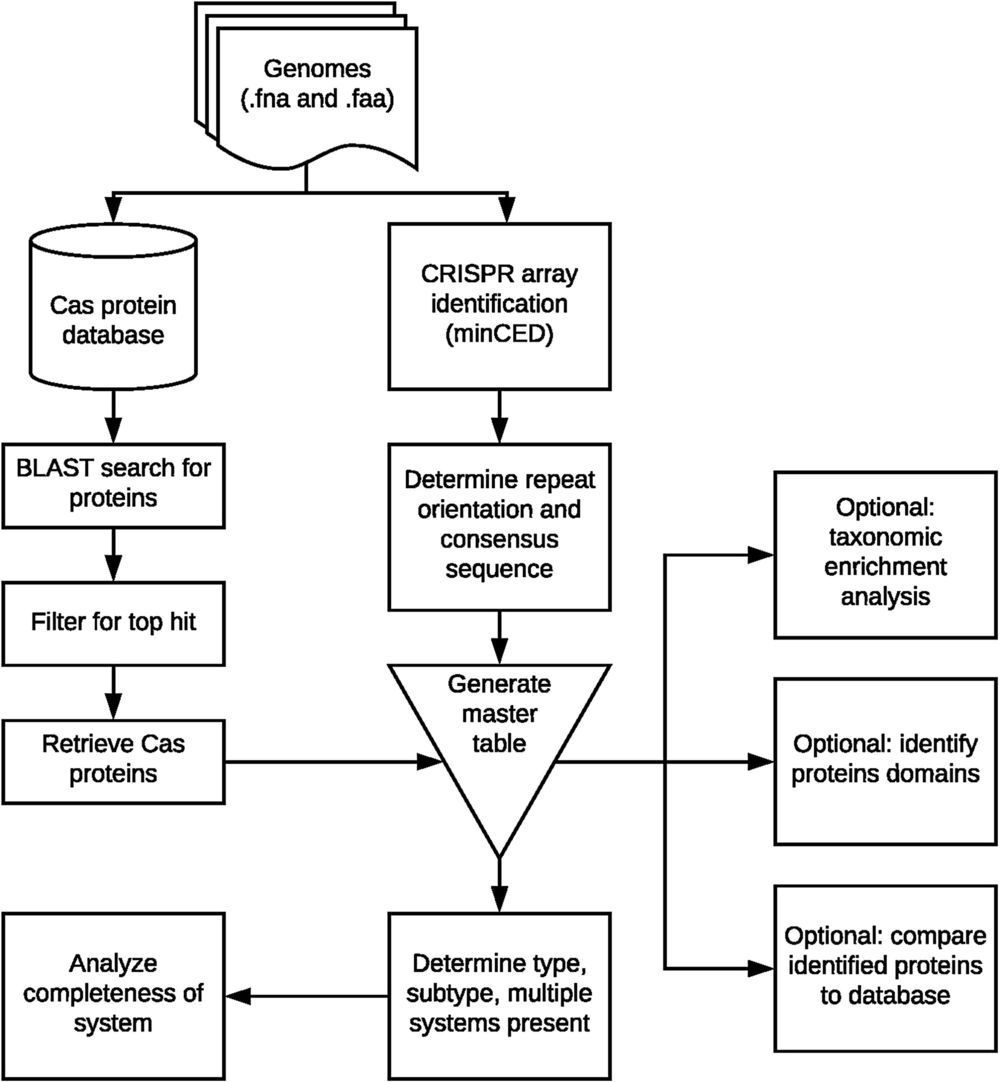
Circa 2018
CRISPR-Cas adaptive immune systems of bacteria and archaea have catapulted into the scientific spotlight as genome editing tools. To aid researchers in the field, we have developed an automated pipeline, named CRISPRdisco (CRISPR discovery), to identify CRISPR repeats and cas genes in genome assemblies, determine type and subtype, and describe system completeness. All six major types and 23 currently recognized subtypes and novel putative V-U types are detected. Here, we use the pipeline to identify and classify putative CRISPR-Cas systems in 2,777 complete genomes from the NCBI RefSeq database. This allows comparison to previous publications and investigation of the occurrence and size of CRISPR-Cas systems. Software available at http://github.com/crisprlab/CRISPRdisco provides reproducible, standardized, accessible, transparent, and high-throughput analysis methods available to all researchers in and beyond the CRISPR-Cas research community. This tool opens new avenues to enable classification within a complex nomenclature and provides analytical methods in a field that has evolved rapidly.
CRISPR-Cas* bacterial and archaeal immune systems remain of high interest across many domains of the life sciences, including food science, molecular biology, prokaryotic evolution, and as a technology from pharma to next-generation crops.1–4 The unifying interest in CRISPR is the tremendous wealth of applications this technology affords. While application and tool development using a handful of characterized CRISPR-Cas systems has exploded, the annotation and discovery of systems remains an ongoing challenge for microbiologists and bioinformaticians to solve. The ability to identify CRISPR-Cas systems can benefit the greater scientific community, from microbiologists attempting to learn about adaptive immunity in prokaryotes, to molecular biologists interested in harnessing the nucleic acid-targeting functions of various Cas proteins.
The search for COVID-19 therapies has turned to an antibody that was first identified back in 2003, in a blood sample from a patient who recovered from a similar coronavirus-based disease.
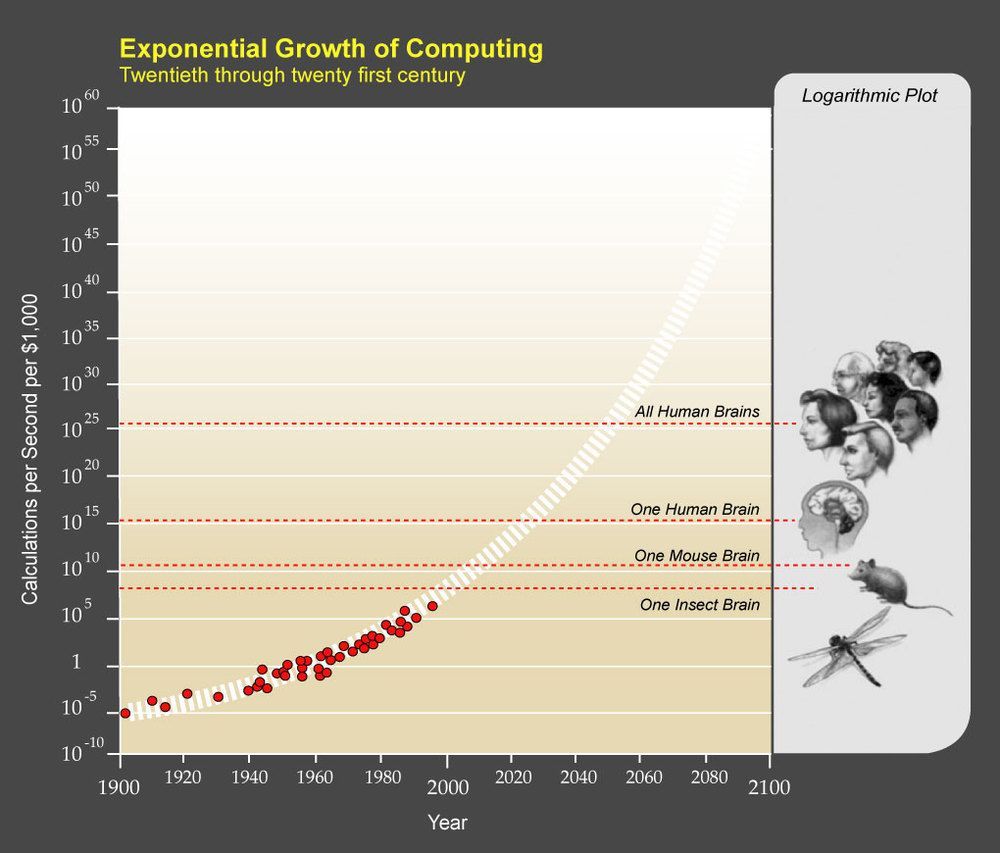
Circa 2010 what someday we could use crispr to develop a biology singularity to find the epigenetics to evolve at lightning speed.
If you’re a sci-fi reader, you are probably familiar with the idea of the “technological singularity”. For the uninitiated, the Singularity is the idea that computational power is increasing so rapidly that soon there will be genuine artificial intelligence that will far surpass humans. Essentially, once you have smarter-than-human computers, they will drive their own advancement and we will no longer be able to comprehend the technology.
We can debate whether the singularity will or will not happen, and what the consequences might be, for a long time, but that’s not the point of this post. This post was inspired by the final chapter in Denialism by Michael Specter. In that chapter, Specter talks about the rapid advancement in biotechnology. Specifically, he points to the rapid increase in computational power and the resulting rapid increase in the speed of genome processing.
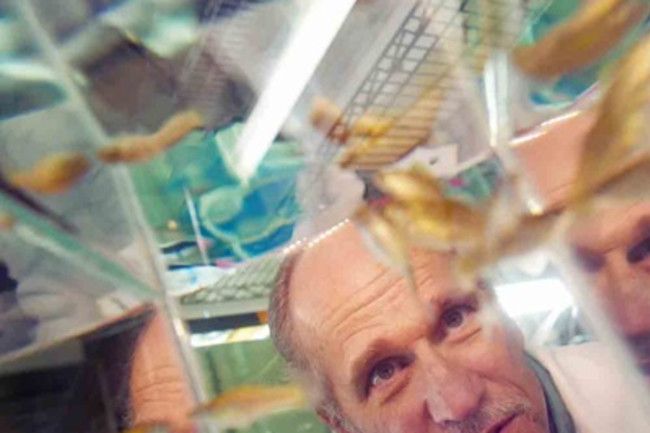

As computers get more powerful and connected, the amount of data that we send and receive is in a constant race with the technologies that we use to transmit it. Electrons are now proving insufficiently fast and are being replaced by photons as the demand for fiber optic internet cabling and data centers grow.
Though light is much faster than electricity, in modern optical systems, more information is transmitted by layering data into multiple aspects of a light wave, such as its amplitude, wavelength and polarization. Increasingly sophisticated “multiplexing” techniques like these are the only way to stay ahead of the increasing demand for data, but those too are approaching a bottleneck. We are simply running out of room to store more data in the conventional properties of light.
To break through this barrier, engineers are exploring some of light’s harder-to-control properties. Now, two studies from the University of Pennsylvania’s School of Engineering and Applied Science have shown a system that can manipulate and detect one such property known as the orbital angular momentum, or OAM, of light. Critically, they are the first to do so on small semiconductor chips and with enough precision that it can be used as a medium for transmitting information.
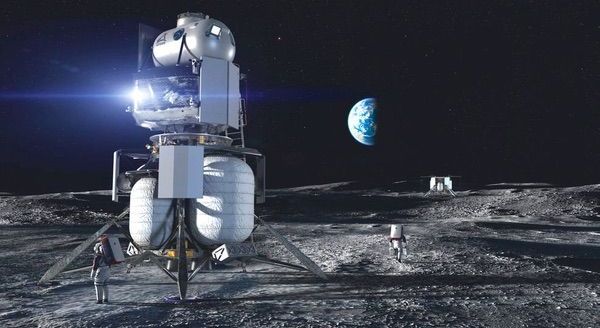
Nearly 14 months ago, Vice President Mike Pence spoke at a meeting of the National Space Council in Huntsville, Alabama, and changed the trajectory of NASA’s human spaceflight program. Pence directed NASA to accelerate its schedule for returning humans to the Moon, which at the time called for a landing by 2028. The new goal: land American astronauts on the Moon “within the next five years,” a goal subsequently interpreted to mean by the end of 2024 (see “Lunar whiplash”, The Space Review, April 1, 2019.)
Much of what NASA needed to accomplish the revised goal was already in development, notably the Orion spacecraft and Space Launch System. Both had suffered significant delays but (presumably) would be ready in time to launch NASA astronauts to orbit the Moon, perhaps using the lunar Gateway also under development. What was missing, though, was that last, but most essential, element: a lander to take astronauts down to the surface and then return them to lunar orbit.
No longer. On April 30, NASA announced it had awarded contracts to three companies for its Human Landing System (HLS) program. The awards to Blue Origin, Dynetics, and SpaceX, with a cumulative value of $967 million, will fund initial studies for human lunar lander concepts over the next ten months. NASA will then select one or more companies for full-scale lander development, with the goal of having a lander ready for the Artemis 3 mission before the end of 2024.
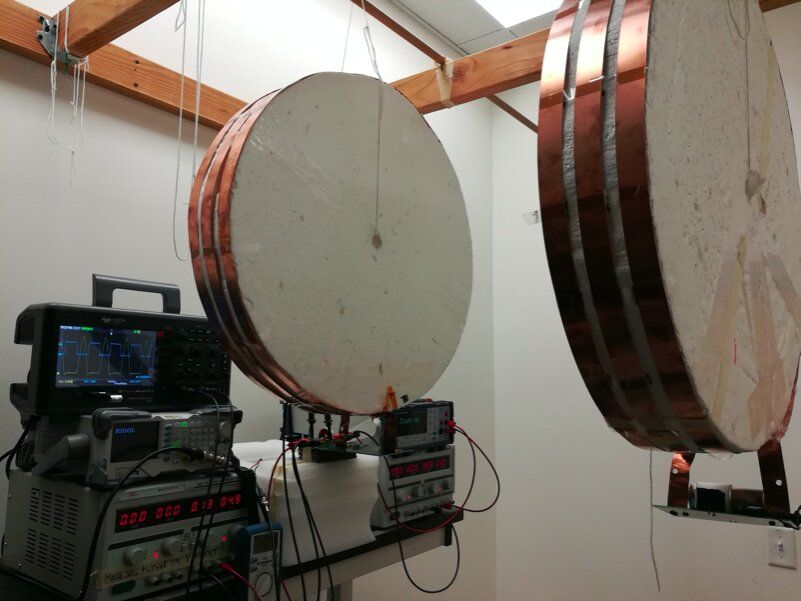
Current methods for charging electronic devices via wireless technology only work if the overall system parameters are set up to match a specific transfer distance. As a result, these methods are limited to stationary power transfer applications, which means that a device that is receiving power needs to maintain a specific distance from the source supplying it in order for the power transfer to be successful.
Researchers at Stanford University have recently developed a new technique that could enable more efficient wireless power transfer regardless of the distance between a device and its power source. Their paper, published in Nature Electronics, could help to overcome some of the current limitations of existing tools for the wireless charging of elecronic devices.
“The main purpose of our study was to overcome the barrier to dynamic wireless charging,” Sid Assawaworrarit, one of the researchers who carried out the study, told Phys.org. “Our idea is based on parity-time symmetry (PT symmetry), which concerns systems with balanced gain and loss.”